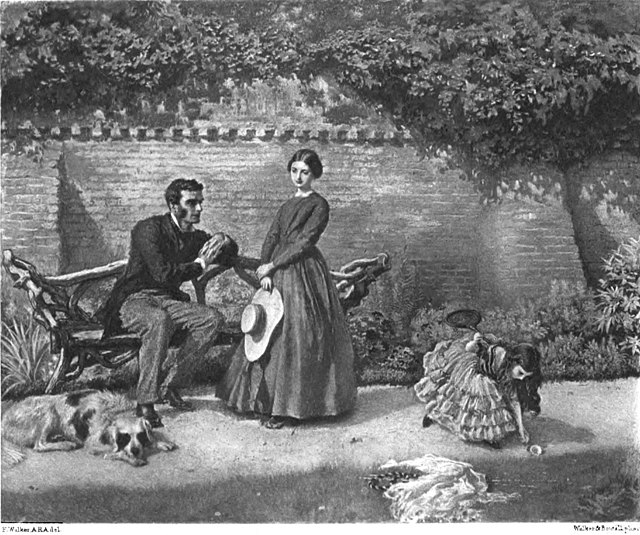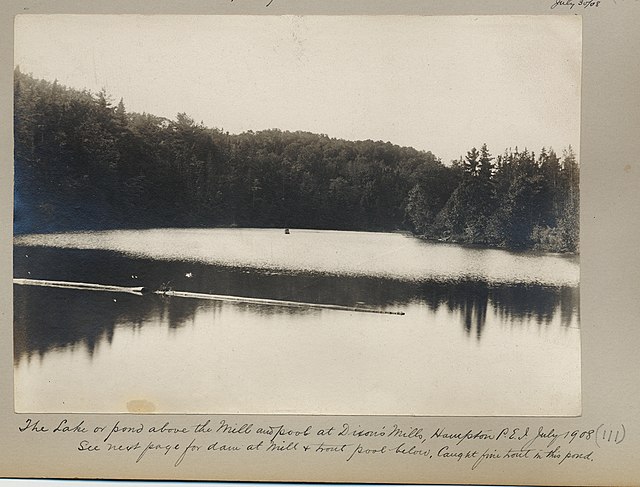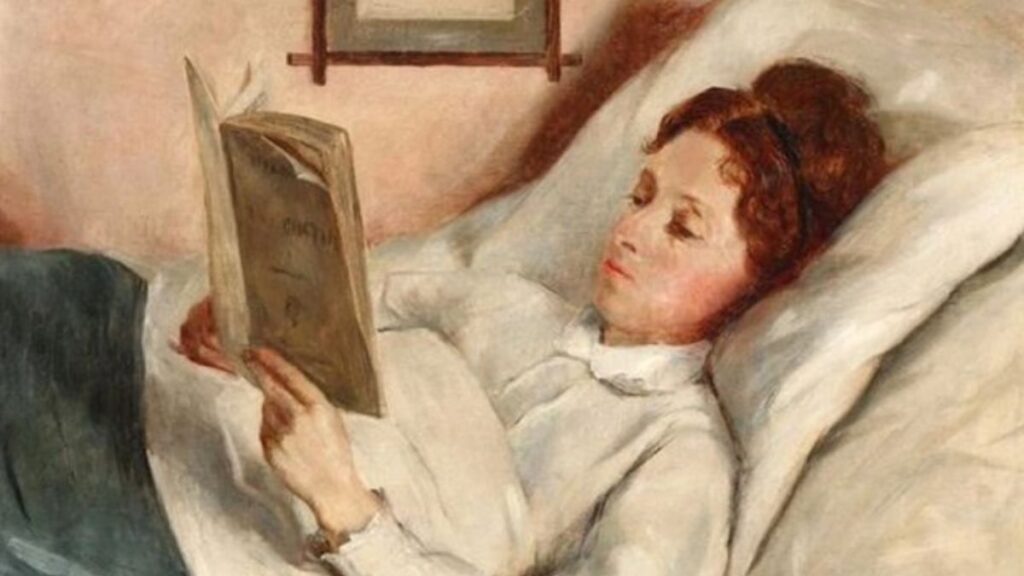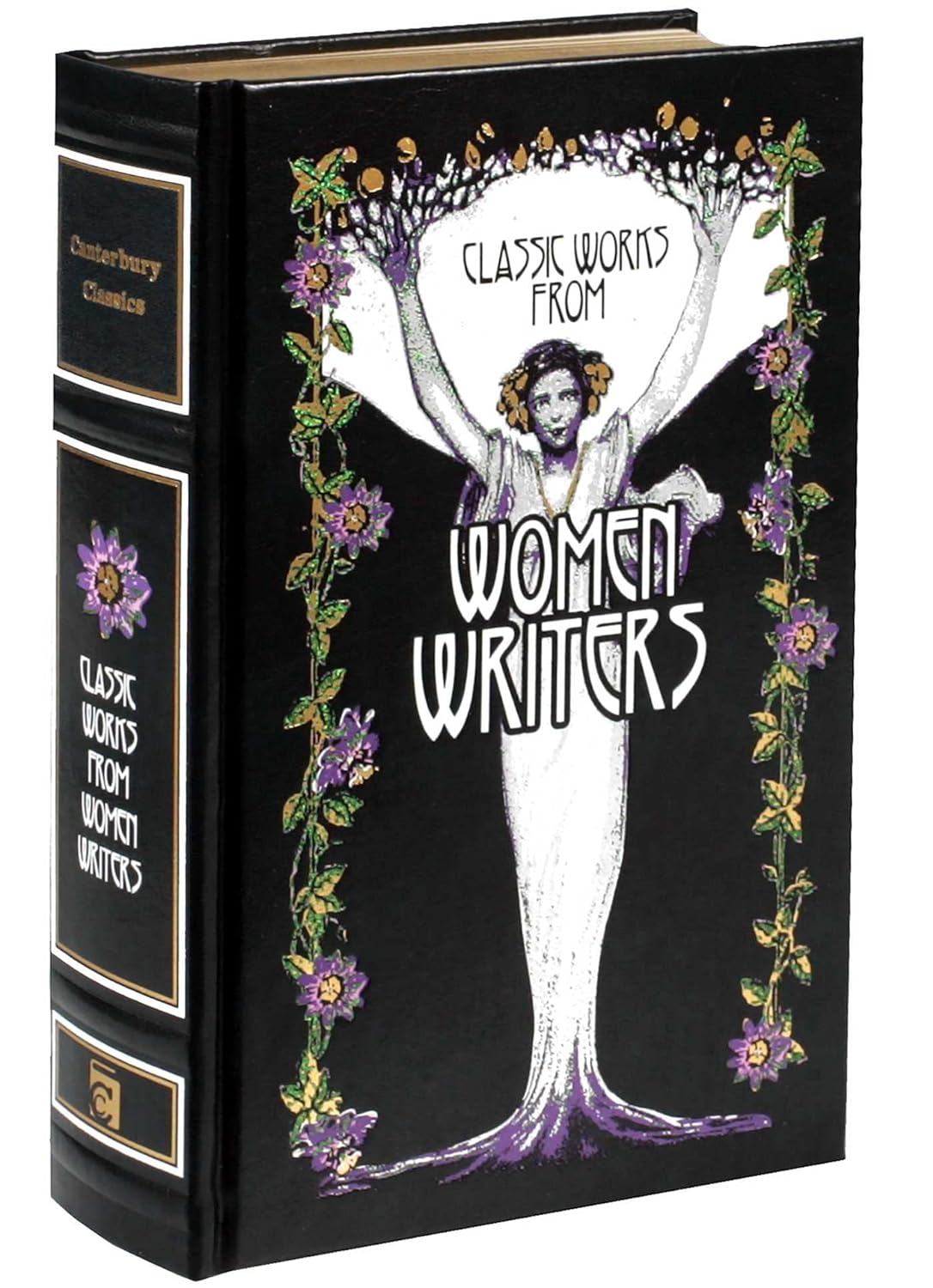By Brian Boone
Many classic novels written by women were published in the 1800s and early 1900s. This marked the first significant attention to women’s voices in publishing, not to mention how their books placed fully-realized, multi-dimensional female characters at the forefront. Have you ever wondered how women alive to see the publication of such landmark works would have perceived those books? Here’s a look at how well women of different eras may have reacted to a couple of the most important, female-written novels of their time.
Celebrate Women's History Month with our collection of works by prolific female authors.

Jane Eyre (1847)
About half of women living in England in the 1840s were considered fully literate, much like Jane Eyre, the title character of Charlotte Bronte’s epic 1847 novel of suffering, struggle, and romance. Jane’s story was certainly relatable to female British readers of the time, right in the middle of the Industrial Revolution in the U.K. Jane, hailing from a lower economic class, benefits from her wealthy aunt taking her in and sending her to private school, but both prove to be harsh and cruel. She elevates her position by becoming a governess at the estate of the wealthy Mr. Rochester, with whom she falls in love.
In real-life at the time, British imperialism and industrial production made individuals like Mr. Rochester wealthier and caused a middle-class to emerge. Educated and literate bankers, doctors, as well as their even modestly paid servants, could afford to spend more money on things like novels. Nevertheless, life remained hard and full of danger, for Jane Eyre and her readers: the life expectancy for a woman was just 42, lowered by frequent outbreaks of cholera.
Anne of Green Gables (1908)
L.M. Montgomery set Anne of Green Gables, the story of a plucky, self-assured, but unwanted child who charms the icy farming town of Avonlea, in the 1880s on the Canadian maritime province of Prince Edward Island—reflecting her own childhood. When the book was published in 1908, life on the island was still just as agrarian and self-sufficient. In 1908, the local government banned cars—only seven people on P.E.I. owed them—over concerns that they spooked the horses, used for farm work and other heavy labor.

There wasn’t much time for a woman of Prince Edward Island to read books, which she likely would have purchased via mail order or from a catalog. In the province’s farming communities, men performed most of the field chores while women ran the household, generally responsible for curing meat, churning cream into butter, preserving fruits, baking bread, and washing, spinning, and sewing wool for clothing.









